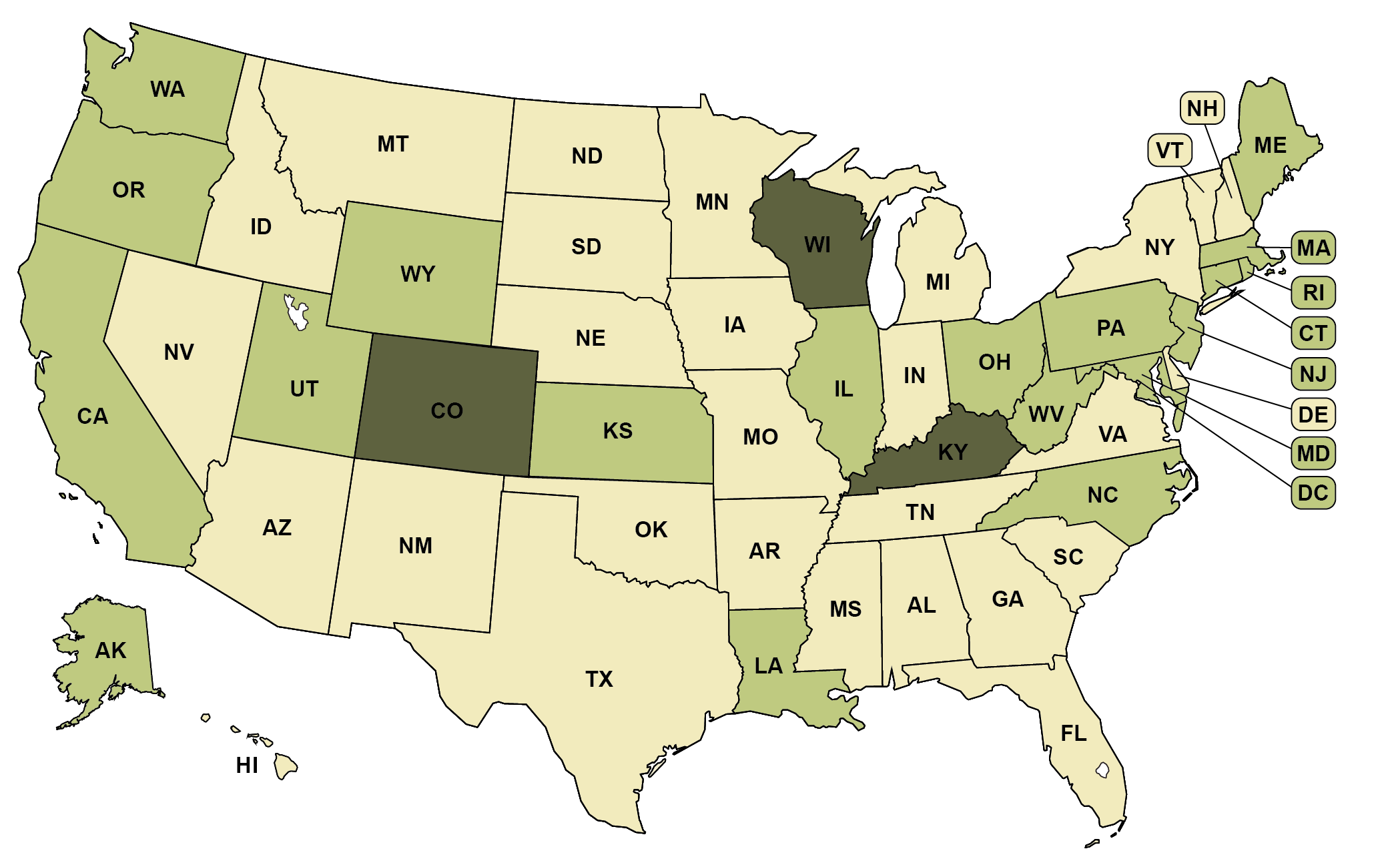Provisional ballots are a backup voting method intended to allow voters who cannot establish their eligibility at the polling place to cast their ballot and have it counted. Provisional ballots are required under the federal Help America Vote Act (HAVA) passed in 2002. Certain states were initially exempted from HAVA’s requirements, and of those states, Idaho, Minnesota, New Hampshire, and North Dakota currently do not issue provisional ballots. This map tracks state policies on how provisional ballots are counted when a voter casts their ballot in the wrong precinct.
-
State fully counts provisional ballots cast in the wrong precinct
(3 states)
-
State partially counts provisional ballots cast in the wrong precinct (votes are counted for races in which the voter would have been eligible to cast a ballot for in their correct precinct)
(19 states + D.C.)
-
State does not count provisional ballots cast in the wrong precinct or does not issue provisional ballots
(28 states)
Recommended citation: Movement Advancement Project. "Provisional Ballot Availability." https://www.mapresearch.org/democracy-maps/provisional_ballot_policies. Accessed [day of access]
Breakdown by Population
*Note: These percentages reflect the voting-eligible population, as reported by the United States Election Project.
5 % of population lives in states that fully count provisional ballots cast in the wrong precinct
43 % of population lives in states that partially count provisional ballots cast in the wrong precinct
52 % of population lives in states that do not count provisional ballots cast in the wrong precinct or do not issue provisional ballots


